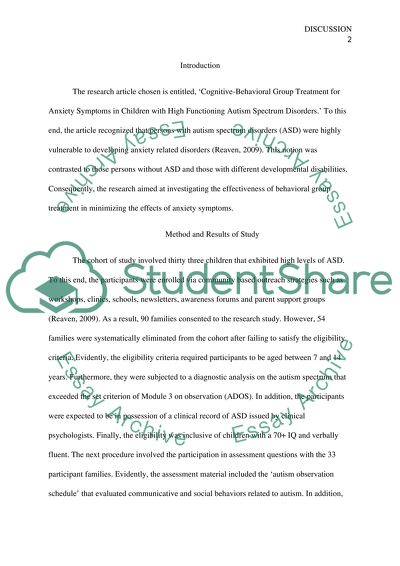Discussion Article Example | Topics and Well Written Essays - 750 words. Retrieved from https://studentshare.org/psychology/1460671-discussion
Discussion Article Example | Topics and Well Written Essays - 750 Words. https://studentshare.org/psychology/1460671-discussion.


